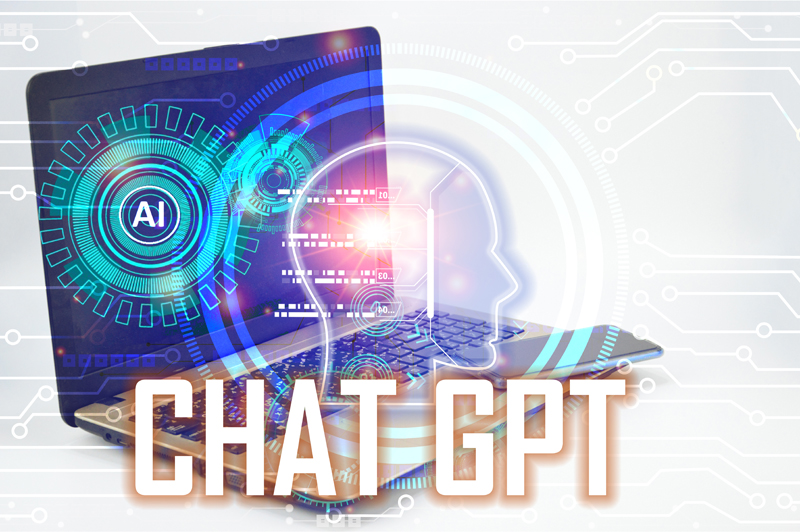Discover the FREE PLAYBOOK from World’s Best Marketers Claim Your Copy Now!
By Deborah Kurfiss, Umbrella Content Marketing Director on Jul 21, 2023

Last week we talked about the importance of ChatGPT for marketing, how it is different from other language models, its benefits and some of its uses. This week we want to talk about ChatGPT best practices and prompts.
ChatGPT is a cutting edge AI language model that can be incorporated into various programs. It has been trained on more data from more sources than any other model before. Here are some of your options for accessing ChatGPT
You don’t necessarily get the same results by using all the web access methods of ChatGPT, and they have their own idiosyncrasies. This can take various forms. For example, of this writing, there is anecdotal evidence that Bing Chat is more sensitive to what it considers insults or improper requests that other programs using ChatGPT and will end your session.
For example, one user made a derogatory comment about a marketing program Bing Chat recommended and Bing Chat ended his session. Of course, you can just initiate a new session, but Bing Chat will delete all the results of the session that triggered it. Will this still be true next week? Who knows?
Here are some general best practices that you should follow when using ChatGPT for marketing:
When interacting with ChatGPT, provide clear and detailed instructions or queries. For example, if you need a blog post on a specific topic, include essential details such as keywords, word count, tone, target audience and any other relevant information. This will enable ChatGPT to better understand your intentions and generate more accurate and relevant results.
ChatGPT can also learn from prompts and examples that you provide. For instance, if you want it to generate a catchy headline for your blog post, you can give it some examples of headlines that you like or dislike. This will help ChatGPT to give you more imaginative and on-point results.
Understand that ChatGPT is not perfect and may occasionally generate inaccurate or subpar content. You should review the results for accuracy, grammar, spelling, punctuation, readability and originality. You may want to use tools such as Grammarly and Copyscape help you in your quality control. Beyond accuracy, you will also want to do some rewriting to make sure the text is clear and reflects he brand correctly.
Once you have the results you need, you aren’t finished. ChatGPT can learn from your feedback and improve its responses over time. Tell ChatGPT what you like and don’t like. If the results aren’t exactly on point, ask ChatGPT to revise according to your instructions. Over time, the content ChatGPT provides to you will improve.
ChatGPT Prompts Drive Results
Chat GPT best results rely heavily on providing good prompts. The quality of the results you get from ChatGPT will be driven in large part by the prompts you provide. GIGO (garbage in, garbage out) applies to ChatGPT just as it does to any other information tool. There is a lot of skill to using ChatGPT to its best effectiveness.
It’s important to note that while ChatGPT can provide valuable assistance in generating content, human oversight and editing are essential to ensure the content aligns with your brand voice, style and specific marketing goals. Always review and refine the AI-generated content before using it in your marketing campaigns.
Below are some examples of ChatGPT prompts just to give you an idea if you are new to Chat GPT. You should not just cut and paste them but rather use them for inspiration to create your own specific prompts suitable for your goals.
ChatGPT is a versatile and powerful tool that can help you with various aspects of marketing. But it’s only a tool, and you must take care to understand Chat GPT best practices. You must ask questions in a manner that provides enough information, check on the accuracy of answers and refine results.
If you would like to speak with Umbrella about white label marketing services to help market your clients’ products and services, contact us here or call us at (866) 760-2638for a free consultation.

Book a call today to discuss how we can help your marketing agency grow.
